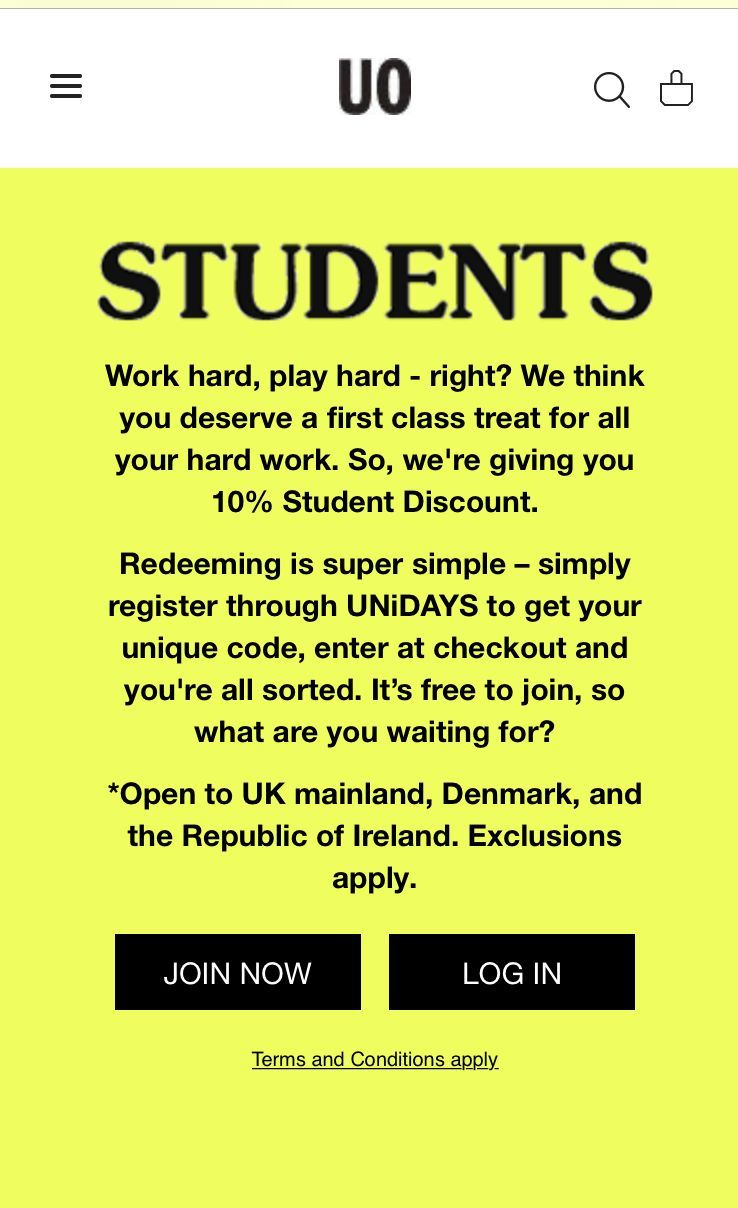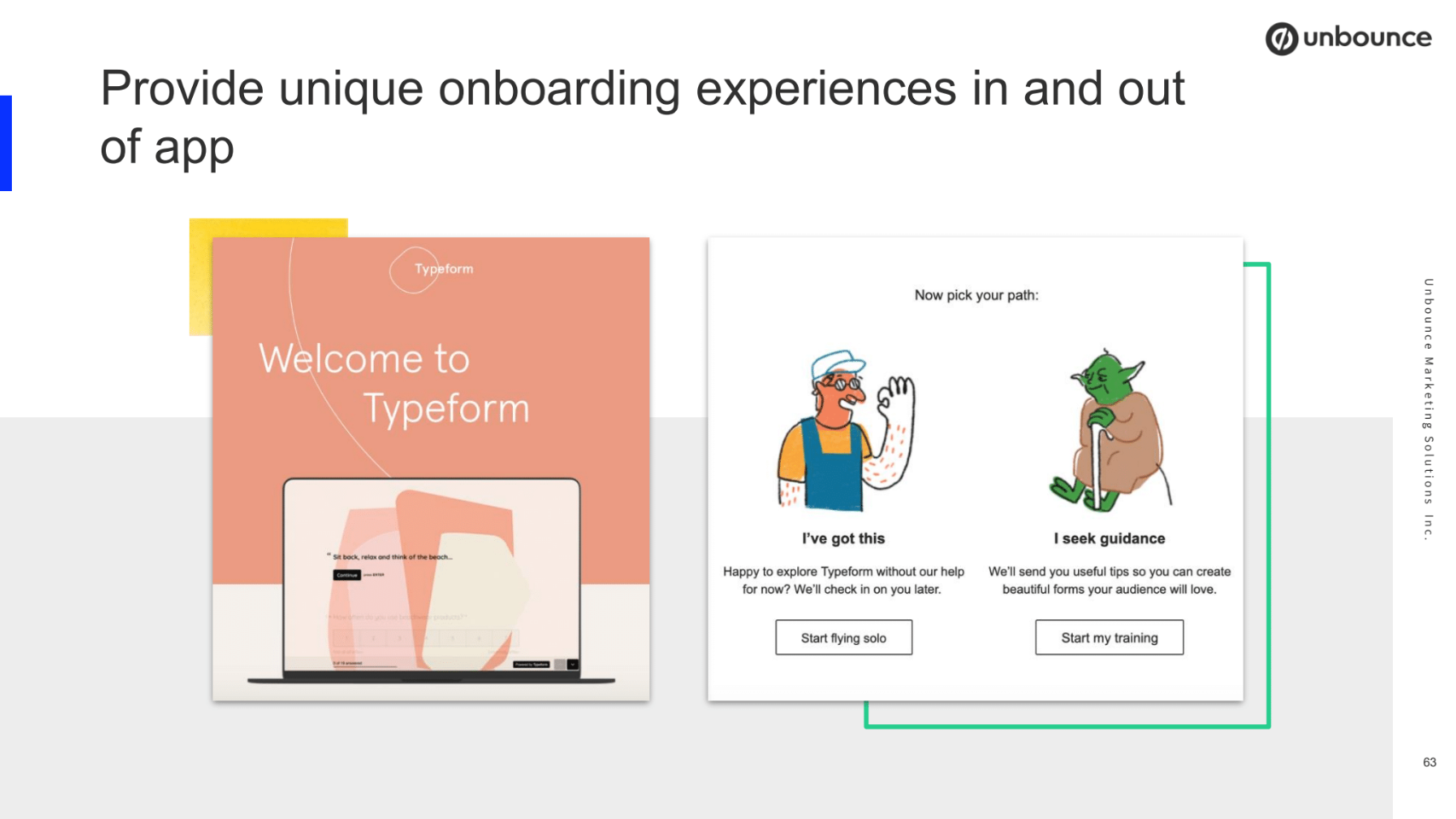Knowing your audience is marketing 101, but knowing exactly how your product can benefit your audience in a market oversaturated with competitors takes a little more finesse.
Segmentation arms you with the data needed to fulfill your target customers’ needs. Essentially making sure that you’re not out there trying to sell water to whales. You’ve utilized segmentation and analyzed the stats, deducing that water is free and plentiful in their geographical habitats, and whales are really cash poor.
Now that we’ve dipped our toes in, let's take a deeper dive into segmentation, where we’ll be explaining the different types, the benefits of segmentation and its relationship with targeting and positioning.
What defines market segmentation?
Market segmentation is the first step in determining who your target market is. By segmenting potential customers into groups that share similar characteristics, you can identify groups to target further down the line.
Traditional market segments are identified using the following characteristics:
- Demographics
- Psychographics
- Geographics
- Behavioral
Types of market segmentation
Next, let’s delve a little deeper into the different types of segmentation listed above and throw in a few examples of segmentation in practice to give you a clearer picture.

Demographic segmentation
Demographic segmentation is defined by age, education, occupation, income, gender, race, sexuality, family size, interests, and more.
It’s the most commonly used form of segmentation because it’s essentially the root of all of our spending habits, where we live defines where we buy things, where we work has a huge influence on what we buy, and how much we spend is heavily dependent on how much we earn.
A good example of this is T-Mobile’s 2019 campaign targeting baby boomers - the company’s strategists pinpointed what older adults were looking for when buying a phone; which they found was the ability to connect with family and friends. In response to these findings, the company unveiled a new data plan targeted towards customers 55+ which eradicated all of the unnecessary added extras you might find in a millennials plan who, for instance, streams an ordinate amount of content via TikTok or Spotify.
Psychographic segmentation
While demographics tell us who the customer is, psychographics tell us why the customer buys a product. Psychographics categorizes customers by factors relating to personality and characteristics, like lifestyle, values, opinions, and hobbies.
For example, a company like Mercedes Benz focuses on customers who value luxury and status, while Volkswagen, which literally translates to ‘the people’s car’ in German targets an audience who value affordability and reliability.
Geographic segmentation
Geographic segmentation categorizes customers based on geographic boundaries. For example;
- Country
- State
- City
- Zip Code
- Climate
- Urban or rural
For example, a company that sells only waterproof outerwear would have an easier time targeting markets in Seattle than say, Arizona.
Behavioral segmentation
Behavioral segmentation divides consumers by behavior patterns as they interact with a business - their knowledge of a product, what they like or dislike about a product or a service, how often they interact with a certain area of your app, and so on.
Netflix has the perfect model of behavioral segmentation, with each user receiving recommendations completely unique to them and based purely on their viewing behaviors. The data doesn’t lie, around 80% of Netflix views come from the recommendation feature.
Market segmentation requirements
Once you’ve finished the market segmentation study, your results should be:
- Measurable
- Accessible
- Substantial
- Actionable
Let’s unpack each in a little more detail...
Measurable
Segments should be easily measurable so that marketing strategists can decide whether, and to what extent, they should focus their efforts and resources. If you can’t measure your rate of growth then how will you know the segment is valuable?
Accessible
There’s no use selecting a market segment you can’t reach, whether that means geographically, or psychologically. After all, you wouldn’t market a software solution specifically for a doctor and try and sell it to a police officer, would you?
Substantial
The market segment must have the ability to buy your product. For example, almost everyone would like to own a private jet but can most of us actually afford it? Not in this lifetime!
Differentiable
Differences between market segments should be clearly defined so that your campaigns, products, and marketing tools can be used as effectively as possible without overlap.
Actionable
The market segment needs to provide supporting data for a marketing position or sales approach so that your intended marketing targets actually purchase a product.
Customer segmentation examples

Gender
In this example, Abercrombie & Fitch segment by gender using the same campaign for men and women.
Although the offers are the same, the campaigns are slightly different.
A&F know that having the exact same campaign for both genders just won’t work. Instead, they've divided their customer profiles to see which trends appeal to female customers (e.g., vintage) and what appeals to their male customers (e.g., fitted jeans) when it comes to selling denim.

Age
Segmenting by age, Urban Outfitters has ads that target school, college, or university students.
This particular one is aimed at their University student target base. This offers a discount to students who more than likely only have their student loan to play with, new clothes to buy, and a dorm room to decorate. Which is why the website also has a section dedicated to dorm room interior design and school supplies.

New Customers/old customers
This is an email Typeform sends out when you sign up for their product. The email essentially asks the customer to self-segment themselves into either a new user or an old pro. These two customer segments will then receive a specific type of content targeted at their sophistication level, super relevant to where they are in their customer journey.
The benefits of market segmentation
By getting to know your customers better, you can create and execute better marketing strategies from the ground up. Market segmentation can help you identify gaps in the market and determine how you fill them.
Create stronger marketing messages
When you know who you’re talking to you can personalize your marketing messages. Instead of vague, generic messaging, you can develop stronger, direct messaging that speaks to the unique needs and characteristics of your target audience.
“I think one of the key things you need to nail right away is messaging and positioning, they’re core to any Product Marketing role. If you're not good at messaging, you really can’t do a Product Marketing role. So, be good about figuring out how to message to the right people at the right time. - Sarah Din, Director of Product Marketing at SurveyMonkey
Find out what works
With dozens of marketing tactics available, it can be difficult to know what will attract your ideal audience. Using different types of market segmentation guides you toward the marketing strategies that will work best. When you know the audience you are targeting, you can determine the best solutions and methods for reaching them.
Create hyper-targeted ads
You can use all the information gathered to target audiences by age, location, purchasing habits, interests, and more to create more effective digital ad campaigns.
Stand out from the crowd
Being more specific with messaging and value propositions will set you apart from the competition. By focusing on specific customer needs and characteristics you can deliver products that uniquely serve them, which inevitably leads to stronger customer bonds and lasting brand affinity.
Identify niche market opportunities
When you segment your target market, you can identify parts of the industry that can be served and utilized in new ways. Once you’ve pinpointed these underserved markets you can develop new products and services to serve them.
What’s the relationship between market segmentation, targeting, and positioning?
Segmentation, Targeting, and Positioning (STP) is one of the most popular marketing models out there. In fact, Smart Insights conducted a survey where STP was revealed as the second most popular marketing model, behind the classic SWOT / TOWs matrix.
The STP model is useful for creating marketing communications strategies because it helps marketers prioritize propositions and develop and deliver personalized, relevant messages to different audiences.

STP is essentially the journey you take to position your brand in the minds of consumers, it’s the difference between yours and your competitor’s products.
Targeting
Once you’ve collected the relevant data through market segmentation, you can then use it to identify your target market.
Product positioning
When you have a target audience in your sights you can then work to present your product and all of its benefits, tailored specifically to the needs of your target market.
There you have it! Now that we’ve armed you with the basics of segmentation, why not expand your knowledge even further and check out a whole host of templates and framework spanning everything from positioning to segmentation and beyond, over on our member dashboard.



